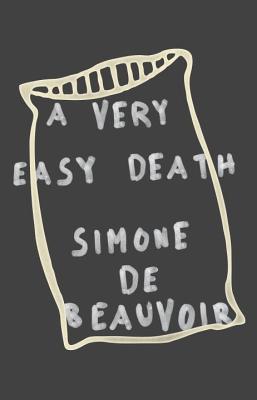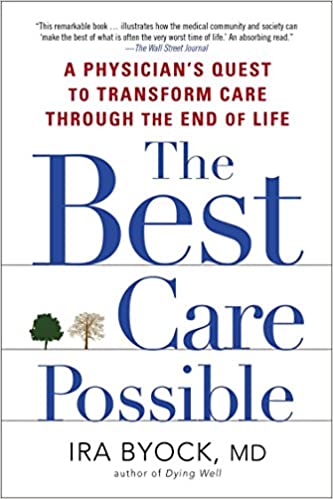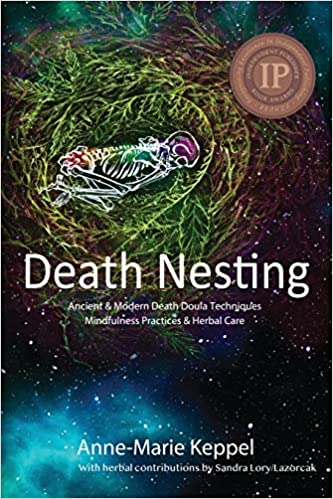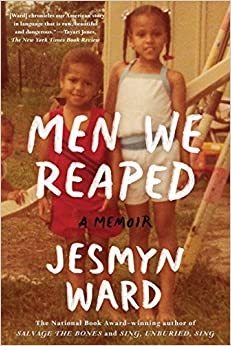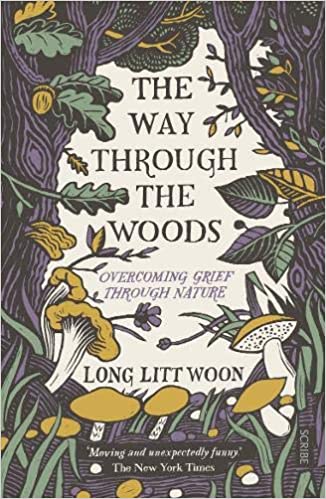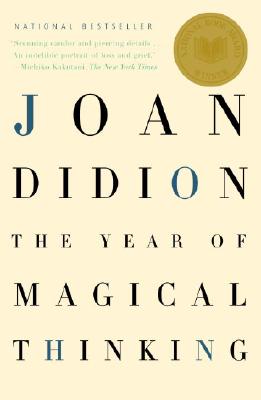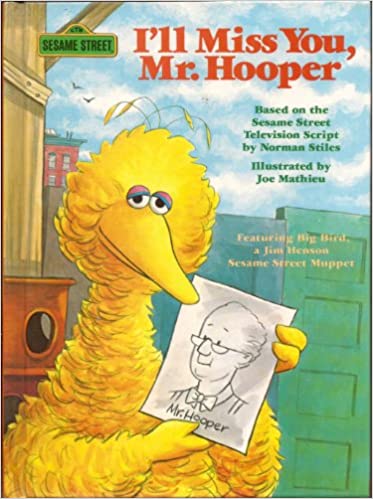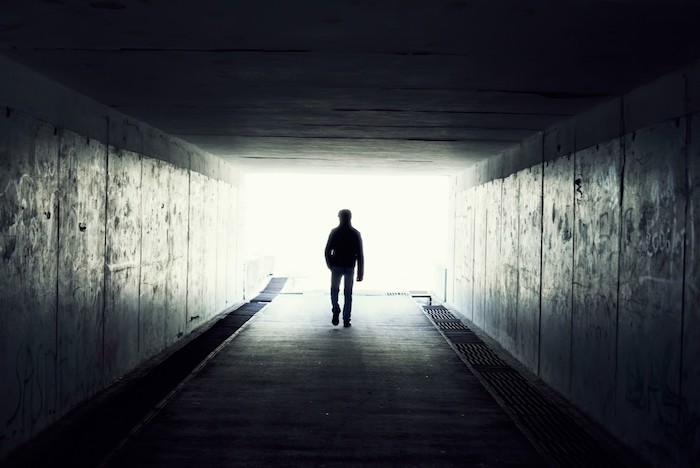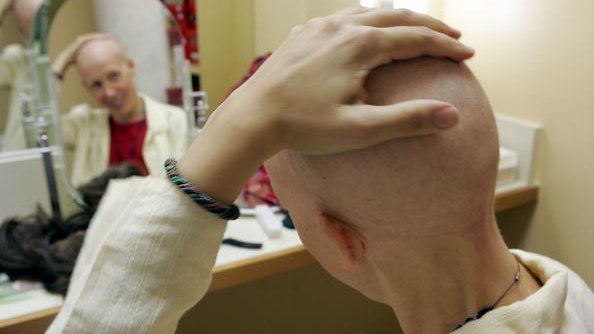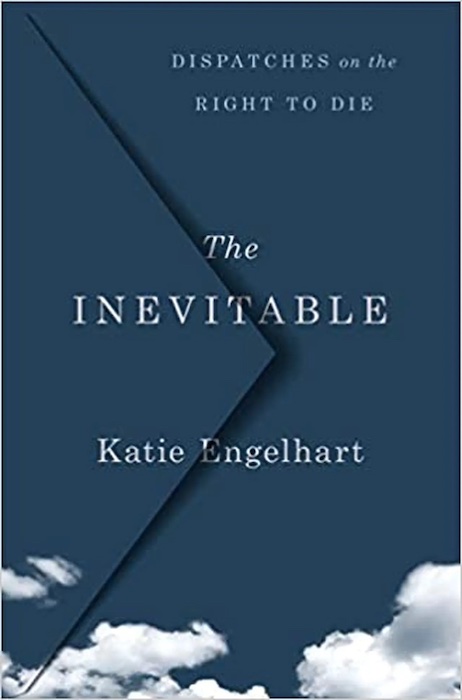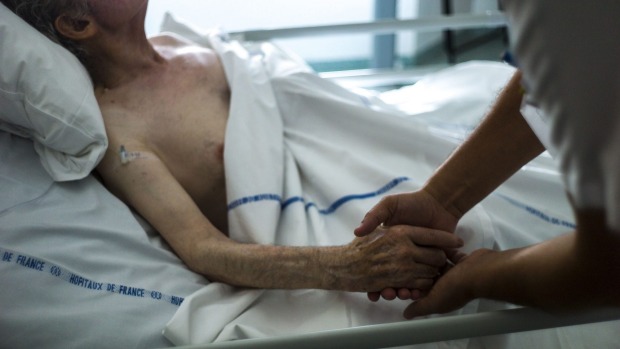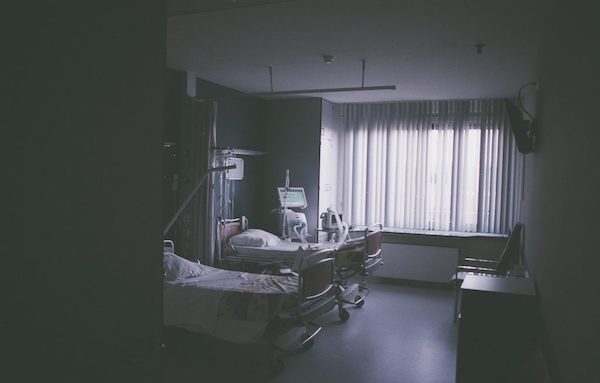
By Bess Lovejoy
Death is the start of a great adventure—never mind that you might not be around for it.
- You can be declared dead in some states but considered alive in others. That’s because New York and New Jersey allow families to reject the concept of brain death if it goes against their religious beliefs.
- One of the first visible signs of death is when the eyes cloud over, as fluid and oxygen stop flowing to the corneas. That can happen within 10 minutes after death if the eyes were open (and 24 hours if the eyes were closed).
- Today, there are about 300 bodies frozen in liquid nitrogen in America in the hope that science will one day be able to bring them back to life. (Contrary to popular belief, Walt Disney is not one of them.)
- It’s a myth that hair and nails grow after death. What really happens is that the body dries out, so the nail beds and skin on the head retract, making nails, stubble, and hair appear longer.
- Rigor mortis is only temporary. It’s a result of certain fibers in the muscle cells becoming linked by chemical bonds, but usually goes away in a day or two as those bonds break down. How long it lasts depends on the temperature in the environment, among other factors.

- Two of the gases responsible for the distinctive smell of death are called putrescine and cadaverine. They’re produced when bacteria break down the amino acids ornithine and lysine, respectively.
- Bodies can become covered in what looks like soap after death. Technically known as adipocere (and sometimes also called grave wax), it’s a byproduct of decomposition that happens as the fat in a body decays under wet, anaerobic (lacking in oxygen) conditions. Philadelphia’s Mütter Museum and Washington, D.C.’s Smithsonian each have an adipocere-covered corpse on display.
- There are more than 200 corpses of failed climbers frozen on Mount Everest.
- The low-temperature, low-oxygen, highly acidic environmental conditions of European peat bogs can preserve bodies with remarkable detail for centuries, and even millennia. One of the most famous examples of these “bog bodies” is the Iron Age Tollund Man in Denmark. When his body was discovered in 1950, it looked so fresh his discoverers thought they’d found a recent murder victim.
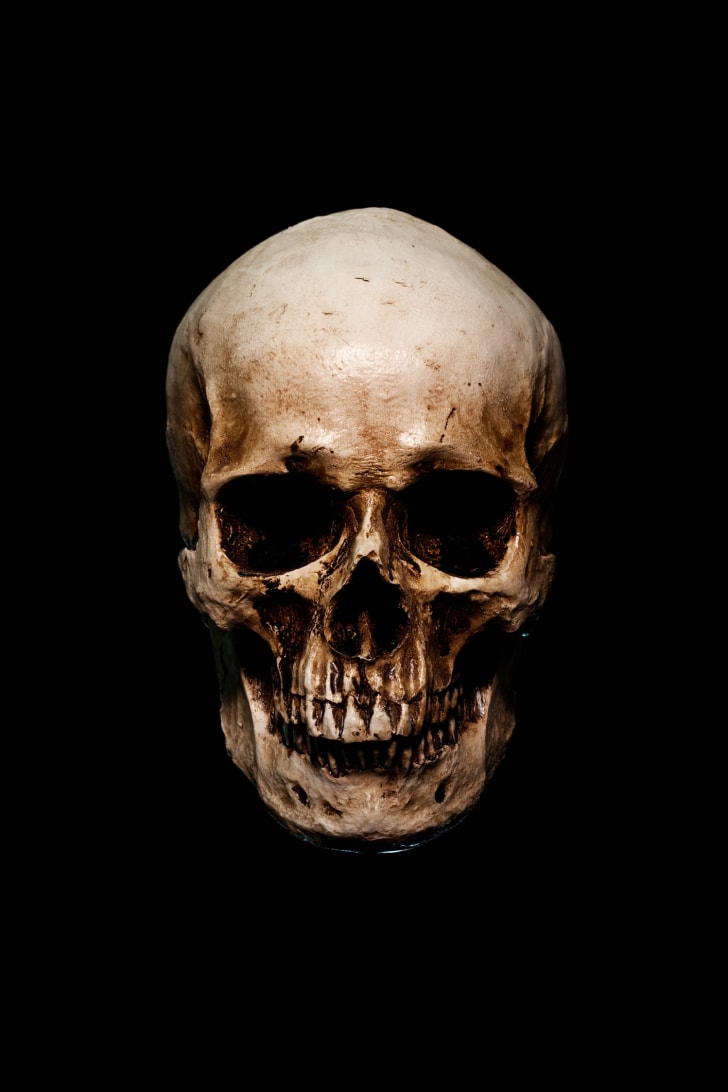
- Scientists are currently studying the “necrobiome”—all the bacteria and fungi in a corpse—to figure out whether changes in the microbes alone can provide clues to the time of death. The concept is known as the “microbial clock.”
- People used to believe that the blood of the freshly executed was a health tonic, and would pay executioners a few coins to drink it warm from the gallows.
- “Hop the twig,” “yield the crow a pudding,” “snuff one’s glim,” and “climb the six-foot ladder,” were all once slang terms for death.
- Dead bodies generally aren’t dangerous just because they’re dead. But in the 19th century, there was widespread belief in “miasmatic theory,” which said that air coming from rotting corpses and other sources of decay lead to the spread of disease. This belief was more or less replaced by germ theory.
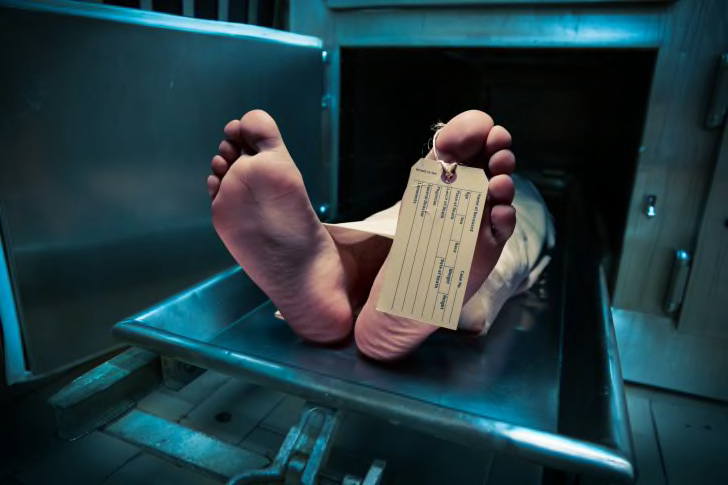
- Embalming is rarely required by law, except in certain situation where bodies leave state borders.
- The average human body produces between 3 and 9 pounds of cremated remains after being burned. The cremation chamber, known as a retort, can get as hot as 2000 degrees Fahrenheit.
- The Victorians often took photos of dead loved ones as part of their grieving process. These postmortem photographs became keepsakes that were displayed in homes, sent to friends and relatives, and worn inside lockets.
- In at least one version of telegraph code, LOL meant “loss of life.”
- In 897, Pope Stephen VI had the corpse of a previous pope, Formosus, exhumed, perched on a throne, and questioned about his “crimes” (which were mostly about being on the wrong side of a political struggle.) The event is known as the Cadaver Synod.
- The term mortician was invented as part of a PR campaign by the funeral industry, which felt it was more customer-friendly than undertaker. The term was chosen after a call for ideas in Embalmer’s Monthly.

- The embalming of Abraham Lincoln for the journey from Washington, D.C. to Springfield, Illinois, is widely credited with encouraging everyday acceptance of the practice.
- You’re more likely to be killed at a dance party than while skydiving.
- Between the 16th and the early 20th centuries, artists used ground-up mummies as paint pigment. (It was also thought to be a potent medicine.)
- The idea that graves need to be 6 feet deep comes from a 1665 plague outbreak in England, when the mayor of London decreed the burial depth to limit the spread of disease.
- No Mormon mourning is complete without Mormon funeral potatoes, a cheesy casserole that usually involves cornflakes. Other foods associated with death include pan de muerto (“bread of the dead”), traditionally eaten on Dia De Los Muertos in Mexico; ossa dei morti (“bones of the dead”) cookies in Italy, meant to represent the bones of dead saints; and Victorian funeral biscuits.

- Contrary to popular reports, it’s not illegal to die in Longyearbyen, Norway. But since the town has no nursing homes and only a small hospital, residents are required to move to the mainland once they become elderly. It is true that it’s so cold there bodies barely decompose.
- “Human composting,” in which bodies decompose into dirt in reusable “recomposition vessels,” is legal in Washington state. The results don’t smell, and are suitable for use in the garden.
- The Frozen Dead Guy Days festival in Nederland, Colorado, is held each year in honor of a 110-year-old corpse located in a local Tuff Shed and surrounded by dry ice (it’s a DIY cryonics set-up). The festival features coffin racing, frozen salmon tossing, costumed polar plunging, and frozen t-shirt contests.
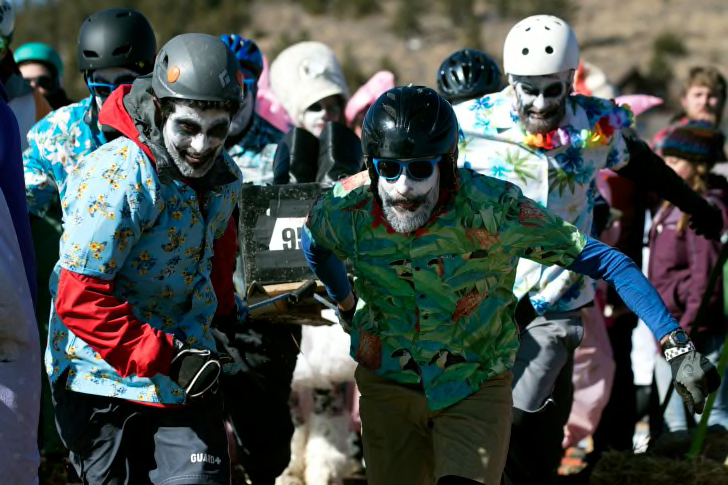
- In the 19th century, several inventors came up with “safety coffins” equipped with bells, flags, and air tubes and designed to help people avoid being buried alive.
- Although the etiquette guides for Victorian mourning varied widely, widows mourned for a total of two-and-a-half years, while widowers mourned for three months.
- In the 17th century and beyond, human skulls were soaked in alcohol to create a tincture called “the King’s drops” that was said to be good for gout, dropsy (edema), and “all fevers putrid or pestilential,” among other ailments. King Charles II of England allegedly paid £6000 for a personal recipe.
Complete Article ↪HERE↩!


